Get Involved
NCST’s work increases access to homeownership, promotes resilient neighborhoods, and advances racial equity by advocating for policy change.
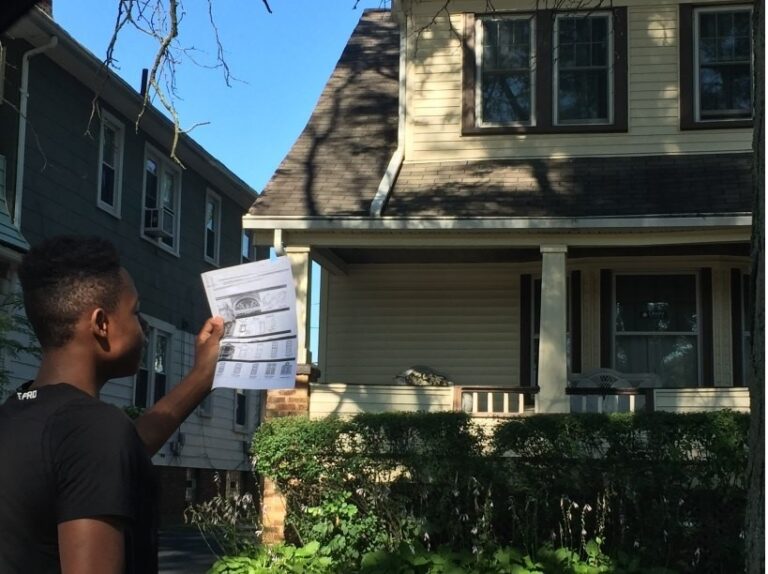
The national Middle Neighborhoods Initiative brings attention to neighborhoods that are home to middle and working class families, and hover on the edge between growth and decline.
Modest investments in middle neighborhoods can sustain these communities as safe, affordable places that offer a high quality of life and access to opportunity.
NCST coordinates Middle Neighborhoods activities in partnership with NeighborWorks America, including conducting research on neighborhood dynamics and developing policy proposals for supporting and investing in middle neighborhoods.
Join us for our next webinar, or sign up to receive the monthly newsletter. Both highlight best practices from the practitioners, researchers, and policymakers who are influencing middle neighborhoods throughout America.
The Middle Neighborhoods Initiative offers free webinars on key topics to help strengthen and protect the middle neighborhoods in our communities.
1:00-2:30 pm Eastern
A neighborhood’s quality of life depends a great deal on the readiness of its property owners – both homeowners and landlords – to do their best to maintain homes to community norms of health, safety and reasonable attractiveness. But as a neighborhood’s housing stock ages and its homeownership rates erode, those property maintenance norms often deteriorate.
This decline can be a step on an unfortunate cycle of disinvestment, reduced interest by new homebuyers, and lower home values. As home values decline, remaining homeowners have less resources with which to make needed repairs. As older home owners age out, their homes are increasingly acquired by absentee owners, some of whom are less than responsible landlords.
Building new housing does not address this issue. No CDC, even the most energetic, is likely to control more than a tiny fraction of its neighborhood’s housing stock. So keeping all property owners willing and able to maintain their properties responsibly is likely to do more for the neighborhood’s stability than all the new development and rehab activity that is likely to take place.
An irreplaceable tool to make that happen is code enforcement and rental regulation. Yet across the nation, this municipal function has often experienced severe budget cuts and been limited to a complaint-driven effort rather than the proactive, strategic and humane process that it could be. At least a few cities have learned that, done right, code enforcement really can make a difference. Join us to learn about why code enforcement is so important for middle neighborhoods, and the ways in which some cities have overhauled their systems in partnership with citizens and nonprofits to help stabilize neighborhoods and improve their quality of life.
Speakers:
Alan Mallach, Senior Fellow, Center for Community Progress
Larry Brooks, Director, Healthy Homes Department, Alameda County, CA
Jacob Dishaw, Deputy Commissioner of Code Enforcement and Zoning Administration, Syracuse, NY
Moderator:
Marcia Nedland, Organizer
Middle Neighborhoods Community of Practice
To support your work in Middle Neighborhoods access to previous webinars and related PowerPoint slide decks about Middle Neighborhoods can be found here
Take a look at some Best Practices that highlight the work of our partners and members
Our newsletters highlight the work and research that is being done to protect Middle Neighborhoods
The primary purpose of the Community of Practice (CoP) is to facilitate peer-to-peer learning and technical assistance opportunities among practitioners working to stabilize and strengthen middle neighborhoods. The CoP also provides input and support to researchers and policymakers support. The CoP’s work takes place primarily through newsletters, webinars, peer introductions, site visits, focus groups, and direct communication on the CoP listserv.
| Join the Listserv | This is the most direct way for CoP members to interact with each other. Share your questions and successes. | |
| Submit an article, news item, or resource idea | Send submissions for the newsletter to Marcia. | |
| Host a Middle Neighborhoods 101 webinar | Host a webinar for your organization or community to help them learn more about middle neighborhoods and start a discussion on local opportunities. We will help you plan this event and deliver the webinar. | |
| Submit an idea for a webinar | Send useful webinar topics to Marcia. | |
| Host a convening | Host a virtual or in-person meeting with other CoP members in your region to discuss a particular issue, or create a regional action agenda. We can help you contact your peers and plan your convening. | |
| Create an interest group | We can help you convene a group of CoP members by area of interest to brainstorm and solve related topics. Past convenings have included city government representatives. | |
| Help build policy | Represent middle neighborhoods in local policy discussions. We can help with talking points | |
| Propose and conduct a session on middle neighborhoods | Propose and conduct an in-person or virtual session on middle neighborhoods for conferences or local meetings for groups you participate in. We’ll help with the proposal, recruiting panelists, planning, etc. |
Middle Neighborhoods members publish reports, research, policy briefs, and articles—and conduct webinars and events—to help equip communities around the country with the information they need to begin or refine interventions and investments in middle neighborhoods. Resource materials are available below.
Please feel free to link to any of these publications and share with others, but do not upload the publications to any other public website or forum without written permission of Middle Neighborhoods. For additional information or to request such permission, contact Marcia Nedland
Middle neighborhoods are a category of neighborhoods that are neither clearly healthy and thriving, nor overtly distressed. Millions of middle- and working-class families in cities and suburbs across the nation call middle neighborhoods home. But despite their prevalence, and the energy being poured into stabilizing and revitalizing them, there is not clear agreement on how to define middle neighborhoods. What exactly are middle neighborhoods? And how can we reliably identify middle neighborhoods in the communities where we live and work?
To shed light on how to define middle neighborhoods, the NCST has created a nationwide map that allows users to explore the communities where middle-income households live.
The map allows users to select among seven different definitions of middle neighborhoods, each of which identifies middle neighborhood census tracts within metropolitan areas based on their median household incomes. The seven definitions are:
We plan to update this map over time, and include data from earlier decades. If you have any suggestions, questions, or comments about the map, please reach out to the Middle Neighborhoods initiative. The current map is the release version 1.0.
Data sources: All income, social, and economic data from 2014-2018 and 2006-2010 American Community Survey (5-year ACS) Estimates. Each census tract was assigned to an MSA using FHFA’s 2020 Low-Income Areas file. City-wide incomes are based on the MSA’s Principal City identified in Census Bureau’s March 2020 Principal Cities of Metropolitan and Micropolitan Statistical Areas file. It is important to note that ACS home price and rent data is respondent estimated.
Learn more about Middle Neighborhoods and the conditions that allow these communities to thrive
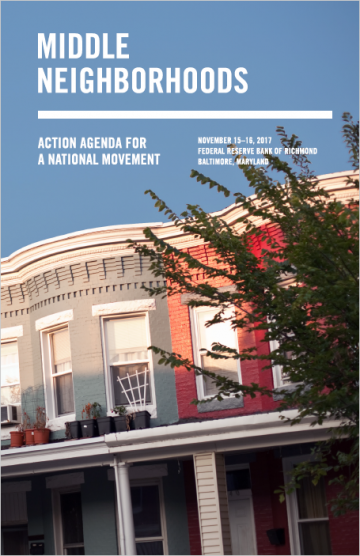
Over fifty leaders met with researchers and government representatives to examine policies, approaches, and strategies to strengthen neighborhoods poised between stability and distress. The report highlights three working groups' priorities regarding practice, research, and policy.
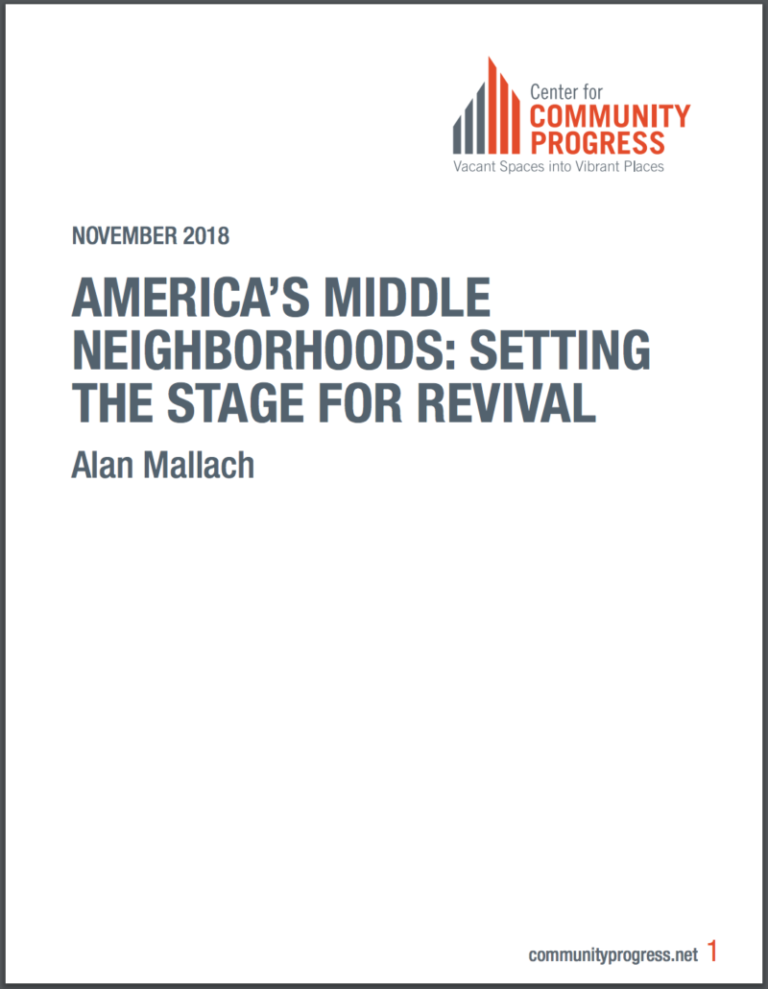
This publication aims to provide a comprehensive framework to think about the growing challenges faced by the middle neighborhoods of America's legacy cities and their inner-ring suburbs. This document closes with key strategies for revival of middle neighborhoods.
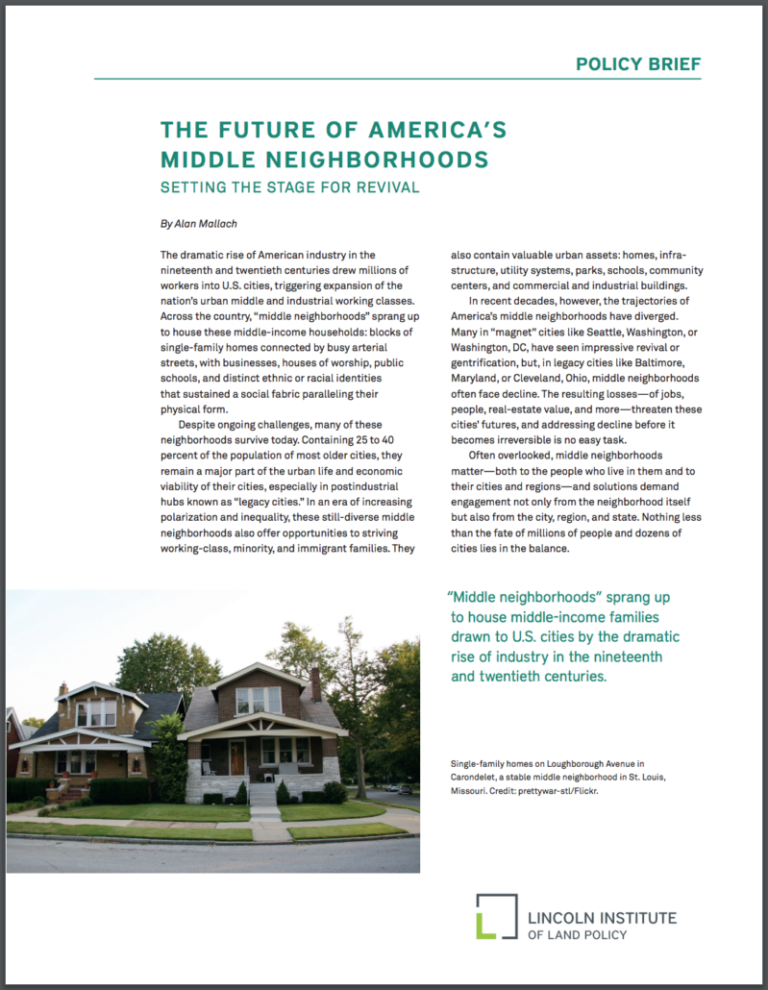
Often overlooked, middle neighborhoods matter—both to the people who live in them and to their cities and regions—and solutions demand engagement not only from the neighborhood itself but also from the city, region, and state. Nothing less than the fate of millions of people and dozens of cities lies in the balance.
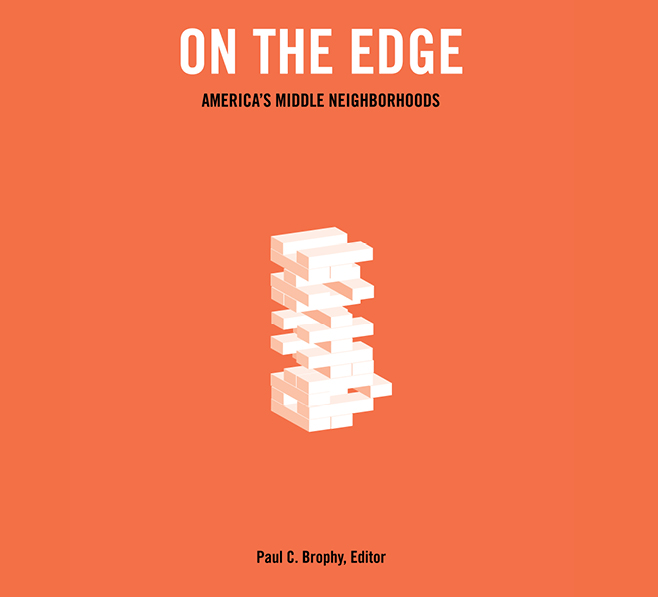
On the Edge: America’s Middle Neighborhoods (2016) aims to stimulate a national dialogue about middle neighborhoods. With case studies and essays from leaders, this volume explores the complex web of communities transitioning—for better or worse—across the US' shrinking middle class.
Nedra Sims Fears, Executive Director
Chicago, Illinois
Jeff Verespej, Chief of Staff & Operations
Cleveland Neighborhood Progress
Cleveland, Ohio
NCST’s work increases access to homeownership, promotes resilient neighborhoods, and advances racial equity by advocating for policy change.